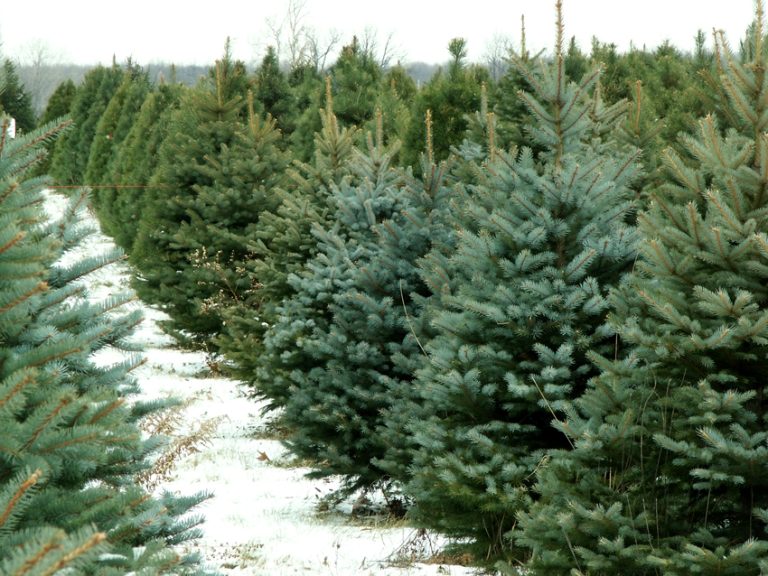 Northwest Iowa — A hot topic of conversation this time of year in northwest Iowa is what the weatherman has in store for us during the upcoming winter months.
Northwest Iowa — A hot topic of conversation this time of year in northwest Iowa is what the weatherman has in store for us during the upcoming winter months.
Forecasters at the NOAA’s Climate Prediction Center have now issued their U.S. Winter Outlook, favoring cooler and wetter weather in southern tier states, with above average temperatures most likely in the west and here in the northern tier of states.
This year’s El Nino, among the strongest on record, is expected to influence weather and climate patterns this winter by impacting the position of the Pacific jet stream.
The temperature predictions for our area, as shown by the map below, are predicted to be above normal.

The prediction for precipitation levels for this winter for our area, as illustrated on the map below, can’t be accurately forecast at this time, says NOAA.













